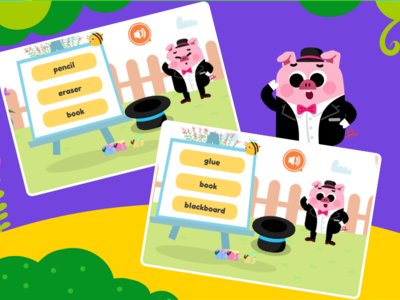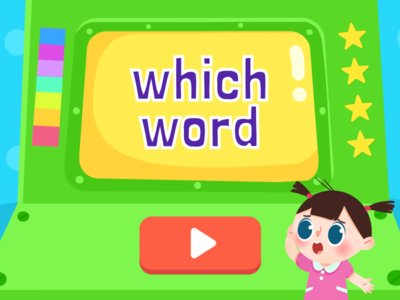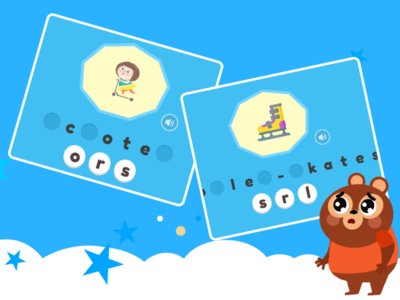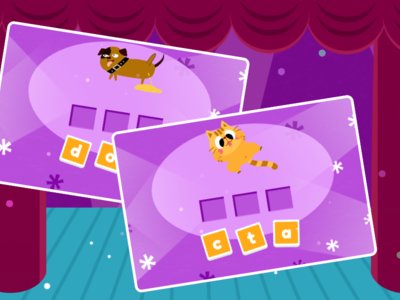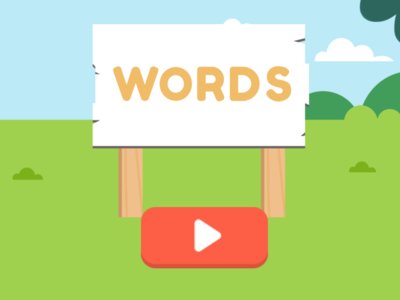Why is this the best free learning game for kids about polar animals?
An educational game for kids to learn about polar animals and their names is a fun and engaging way for children to learn about the unique animals that live in the Arctic and Antarctic regions. The game is a free computer game that is accessible to children of all ages, and it includes a variety of interactive elements to keep kids engaged and entertained.
The game introduces children to different polar animals and their names through a series of interactive mini-games. The game starts with a basic matching game, where kids are shown a series of images of polar animals and asked to match each image with the correct name. As the game progresses, the mini-games become more challenging and varied, incorporating different learning objectives and skills.
For example, the game includes a memory game where kids have to remember the names of different polar animals and match them with their corresponding images. It also includes a quiz game where kids have to answer questions about the animals' habitats, behaviors, and physical characteristics. Additionally, the game includes a puzzle game where kids have to piece together images of polar animals to reveal the complete picture.
In addition to these mini-games, the game also includes a virtual field trip component, where kids can explore a virtual Arctic or Antarctic environment and learn about the different animals that live there. This includes an interactive map that kids can use to navigate to different locations within the virtual environment, and it includes information and facts about the animals and their habitats.
Overall, an educational game for kids to learn about polar animals and their names is a fun and engaging way for children to learn about these fascinating creatures. By incorporating a variety of interactive mini-games and a virtual field trip component, the game provides a comprehensive and engaging learning experience for kids of all ages.
What types of animals are included?
Some common animals names, such as :
- Polar bears
- Arctic foxes
- Walruses
- Seals
- Beluga whales
- Narwhals
- Penguins
- Snowy owls
- Lemmings
- Caribou (also known as reindeer)
- Musk oxen
- Arctic hares
- Arctic terns
- Arctic wolves
- Arctic skuas
- Arctic gulls
For who is this free computer educational game made for?
An educational game for kids to learn about polar animals and their names could be a good choice for kindergarten-level children for several reasons. First, it would introduce young children to a variety of interesting and engaging animals that live in the Arctic and Antarctic regions. This could help to spark their curiosity and interest in the natural world, and it could provide them with a foundation of knowledge that they can build upon as they continue to learn about the environment and the animals that live in it.
Second, the game could be tailored to be age-appropriate and engaging for kindergarten-level children. The mini-games and other interactive elements could be designed to be fun and challenging, but not too difficult so that children can learn and progress at their own pace. Additionally, the game could incorporate colorful, engaging graphics and simple, easy-to-understand language to help children understand the material and stay engaged with the game.
Third, the game could be used in a variety of different settings and contexts to support children's learning and development. For example, it could be used in the classroom as part of a lesson on polar animals and their habitats, or it could be used at home as a fun and educational activity for kids to do on their own or with their parents. The game could also be accessed on a variety of different devices, such as computers, tablets, or smartphones, making it accessible and convenient for children to use.
Is it suitable for any other grades?
For younger children, such as kindergarteners or first graders, the game could include more basic, introductory levels that focus on introducing children to the different polar animals and their names. These levels could include simple matching games, memory games, and other interactive elements that are easy for young children to understand and engage with.
For older children, such as second or third-graders, the game could include more advanced levels that focus on more complex learning objectives and skills. These levels could include more challenging mini-games, such as puzzles, quizzes, and virtual field trips that require children to use higher-level thinking and problem-solving skills. Additionally, these levels could include more detailed information and facts about the animals and their habitats, allowing children to deepen their understanding and knowledge of these topics.
What are the best game scenarios for teaching this?
Ones that are interactive, engaging, and easy for young children to understand and play. Some examples of online game formats that could be well-suited for this age group and topic include:
Matching games: A simple matching game where kids are shown a series of images of polar animals and asked to match each image with the correct name. This type of game could be engaging and fun for young children, and it could help them learn the names of different polar animals.
Memory games: A memory game where kids have to remember the names of different polar animals and match them with their corresponding images. This type of game could be challenging but not too difficult for young children, and it could help them improve their memory and concentration skills.
Quiz games: A quiz game where kids have to answer questions about the animals' habitats, behaviors, and physical characteristics. This type of game could be educational and informative, and it could help children learn more about the animals and their lives in the Arctic and Antarctic regions.
Puzzle games: A puzzle game where kids have to piece together images of polar animals to reveal the complete picture. This type of game could be fun and challenging for young children, and it could help them develop their problem-solving and spatial reasoning skills.
What makes polar animals different from other animals?
Polar animals are different from other animals in several ways. Some of the key characteristics that make polar animals unique include:
Physical adaptations: Many polar animals, such as polar bears, arctic foxes, and seals, have physical adaptations that allow them to survive in the cold, harsh conditions of the Arctic and Antarctic regions. For example, polar bears have thick layers of fat and fur that keep them warm in the freezing temperatures, and arctic foxes have short ears and legs that help them conserve heat.
Behavioral adaptations: Polar animals also have unique behaviors that help them survive in their environments. For example, polar bears are skilled hunters that feed on seals and other marine animals, and penguins huddle together to keep warm in the freezing temperatures.
Habitat preferences: Polar animals are adapted to live in the Arctic and Antarctic regions, which are characterized by cold temperatures, ice, and snow.
